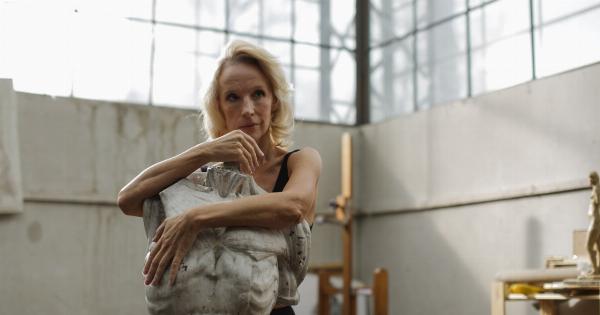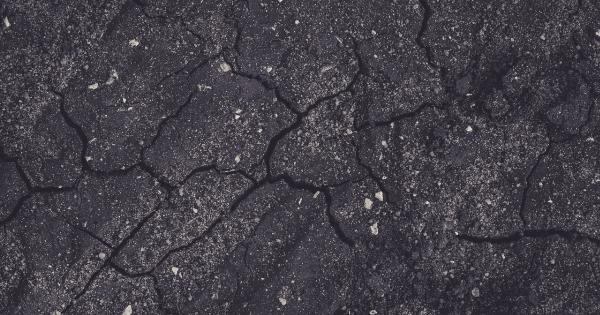Fractures, or broken bones, are a common injury among seniors. As we age, our bones become weaker and more fragile, which makes us more susceptible to fractures. Let’s take a closer look at why seniors are more vulnerable to fractures.
Bone Density Loss
One of the main reasons that seniors are more vulnerable to fractures is that, as we age, our bones become less dense. This is a natural part of the aging process, but it can lead to a greater risk of fractures.
Our bones are constantly being remodeled throughout our lives, with old bone being replaced by new bone. As we age, however, the rate at which we lose old bone becomes faster than the rate at which we can grow new bone. This leads to a loss of bone density, which can make our bones weaker and more prone to fractures.
Less Strength and Balance
In addition to bone density loss, seniors also tend to have less strength and balance than younger people. This can make them more likely to fall, which can then lead to a fracture.
As we age, our muscles tend to weaken, and we may also experience joint pain or stiffness, which can impair our balance and mobility. This can make it harder to recover from a trip or stumble, and make it easier to fall and suffer a fracture.
Medical Conditions
Seniors are also more likely to have certain medical conditions that can increase their risk of fractures. For example, osteoporosis is a condition in which the bones become thin and brittle, making them more prone to fractures.
Arthritis, which is more common in older people, can also increase the risk of falls and fractures. Other health issues, such as vision or hearing problems, can also contribute to a senior’s risk of falling and suffering a fracture.
Environmental Factors
The environment can also play a role in a senior’s risk of fractures. Slippery floors, uneven surfaces, poor lighting, and cluttered paths are all hazards that can make it easier for a senior to trip or stumble and suffer a fracture.
It’s important to identify and eliminate these hazards to help reduce the risk of falls and fractures.
Preventative Measures
There are several measures that seniors can take to reduce their risk of fractures. One of the most important is to maintain a healthy lifestyle.
This includes getting regular exercise to help maintain muscle strength and balance, as well as eating a healthy diet that is rich in calcium and vitamin D to help support bone health. Seniors should also talk to their healthcare providers about any medical conditions they may have that could increase their risk of fractures.
In addition, seniors should take steps to modify their environment to reduce the risk of falls and fractures.
This can include things like installing handrails in the bathroom and along stairs, using non-slip mats or rugs, and keeping walkways clear of clutter. Seniors should also make sure that they have good lighting throughout their home, and that any tripping hazards, such as cords or rugs, are eliminated.
Conclusion
Fractures are a serious concern for seniors, but there are measures that can be taken to reduce the risk of these injuries.
By maintaining bone health, addressing any medical conditions that could increase the risk of fractures, and modifying the environment to reduce the risk of falls, seniors can help prevent fractures and maintain their independence and mobility as they age.































